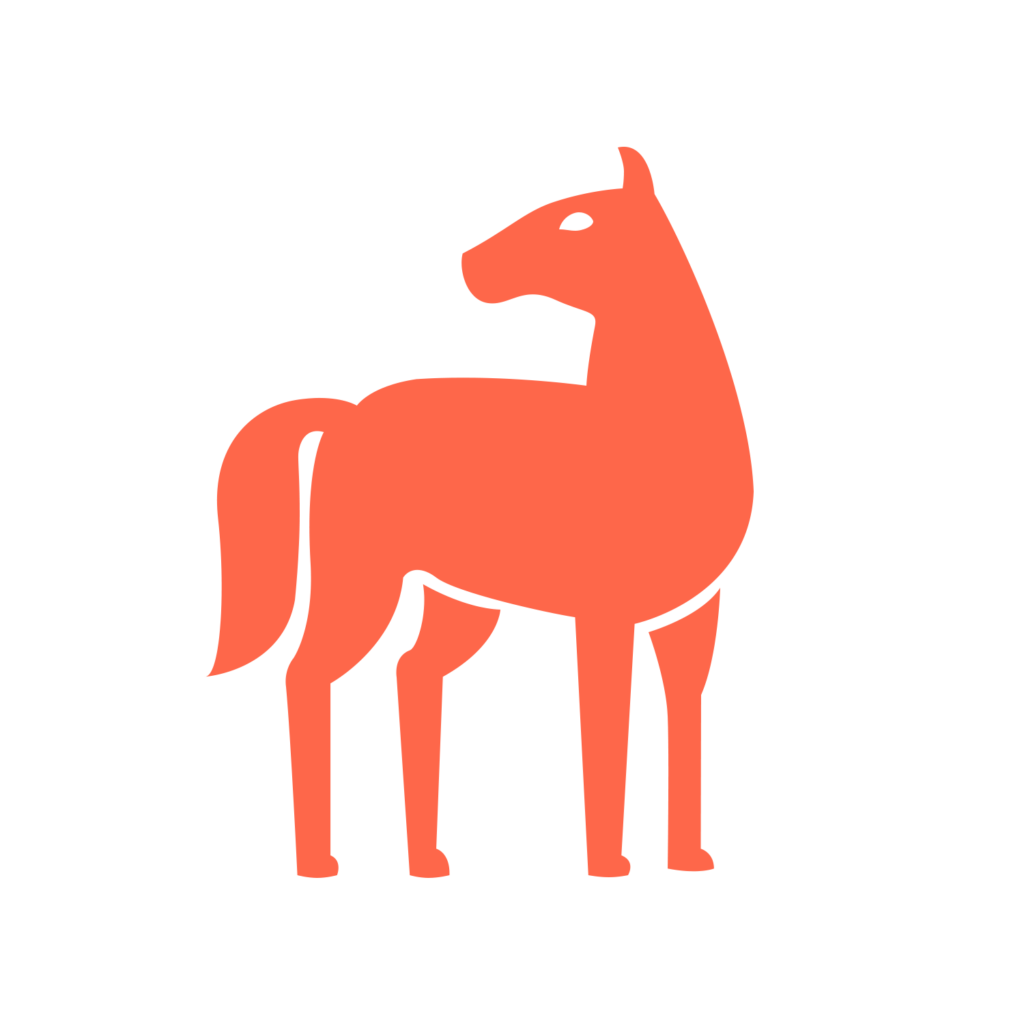

Tobiano
Turnaround: 3-5 business daysTurnaround: 7-10 business days
Price: $25.00Price: £20.00
Breeds: All
Description
The tobiano coat pattern is typically characterized with large, rounded white spots on the body and white legs. The spots typically have sharp, clean edges. The head of the horse is usually colored with the base coat color and does not have white caused by the tobiano gene. However, white caused by other genes can appear on the head. The white spots on the body will generally cross the top-line of the horse.
Although white is often incorrectly referred to as a color, it is actually the deletion of color. Tobiano is the result of an inversion in the chromosomes, which affects the regulatory regions of the KIT gene. The KIT gene has been found to be involved in numerous horse coat patterns such as the sabino, roan, and dominant white patterns.
The tobiano coat pattern is governed by the dominant KIT gene. This means that only one copy is required for the tobiano coat pattern to be present. If a horse has two copies of the tobiano gene, also known as being homozygous for the tobiano gene (T/T), the horse will always pass a copy of the tobiano gene and will always produce tobiano offspring. These horses may display visual clues, such as “ink-spots” or “paw prints.” However, genetic testing is the only way to be sure of the genetic make-up of the horse. If a horse is heterozygous, meaning that it only has one copy (n/T), and is bred to a non-tobiano horse (n/n), there is a 50% chance per foal that they will not inherit the tobiano gene.
In 2002, researchers at the University of Kentucky, led by Dr. Samantha Brooks, located a mutation within the KIT gene that is closely linked to the tobiano pattern. Since then, additional markers have been found within the KIT gene by researchers at Animal Genetics. More recently, researchers at the University of Kentucky discovered a chromosomal inversion (a type of genetic mutation) near the KIT gene of tobiano horses. This inversion, which has only been found in tobiano horses, is believed to disrupt the normal functioning of the KIT gene and cause the tobiano pattern.
We use the markers and knowledge of the inversion in order to determine the genetic make-up of the horse. This allows us to tell whether or not the horse will produce the tobiano coat pattern. Furthermore, we are able to determine if the horse is homozygous (T/T) or heterozygous (n/T) for the coat pattern. This knowledge becomes especially important when breeding.
Possible Results
| Genotype | Description |
|---|---|
| T/T | Homozygous: Horse has two copies of the Tobiano gene mutation and will exhibit the Tobiano pattern in varying degrees. Horse will pass a copy on to all offspring. |
| n/T | Heterozygous: Horse has one copy of the Tobiano gene mutation will exhibit the Tobiano pattern in varying degrees. Horse has a chance to pass this gene on to any offspring. |
| n/n | Negative: Horse is negative for the Tobiano gene mutation. |
Reference
A chromosome inversion near the KIT gene and the Tobiano spotting pattern in horses. Brooks SA1, Lear TL, Adelson DL, Bailey E. Cytogenet Genome Res. 2007;119(3-4):225-30. doi: 10.1159/000112065. Epub 2008 Feb 1. [PMID:18253033]